When it comes to transportation logistics and fuel delivery, understanding the capacities of fuel tankers is paramount. Fuel tankers come in varying sizes, from smaller delivery trucks to large semi-trailers, each designed for specific operational purposes. In this article, we will delve into the nuances of fuel tanker sizes and capacities, aiding industry professionals, logistics operators, and businesses in making informed decisions.
Overview of Fuel Tankers
Fuel tankers are specialized vehicles designed for transporting fuels, such as gasoline, diesel, and jet fuel. These tankers can vary significantly in size and capacity based on the volume of fuel they need to carry. The capacity of a fuel tanker can impact delivery efficiency, operational costs, and regulatory compliance. Recognizing the differences in sizes and the corresponding capacities can aid companies in choosing the right tanker for their needs.
Common Types of Fuel Tankers
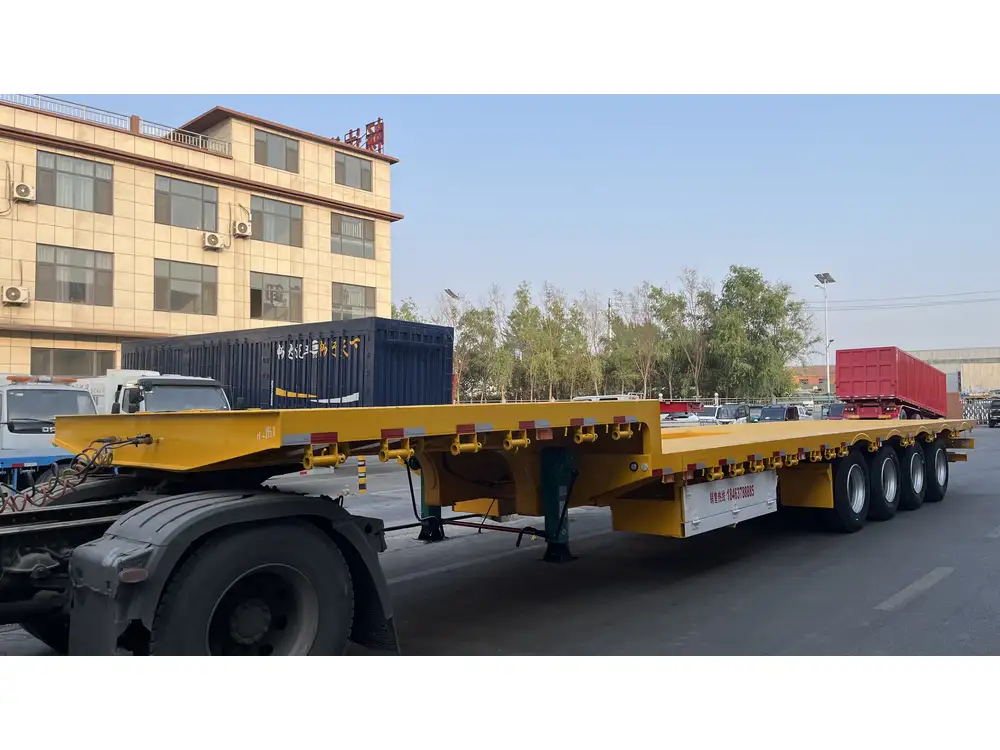
1. Light-Duty Fuel Tankers
- Capacity: 1,000 to 3,000 gallons.
- Use Case: Suitable for local deliveries and smaller scale operations.
- Description: Often used in urban settings, these tankers allow for maneuverability in tight spaces, catering to small businesses and gas station deliveries.
2. Medium-Duty Fuel Tankers
- Capacity: 3,000 to 6,000 gallons.
- Use Case: Ideal for regional deliveries.
- Description: Balances capacity and size, allowing for more substantial deliveries than light-duty options while remaining relatively easy to drive and park.
3. Heavy-Duty Fuel Tankers
- Capacity: 6,000 to 11,000 gallons.
- Use Case: Frequently used for intercity and long haul transport.
- Description: These larger tankers are optimal for significant fuel distribution across longer distances, often characterized by enhanced stability and specialized design for fluid dynamics.

4. Super Heavy-Duty Fuel Tankers
- Capacity: 11,000 to 16,000 gallons or more.
- Use Case: Large-scale commercial operations, such as fuel depots and military use.
- Description: Designed for maximum capacity, these tankers require specialized handling due to their size and the volume of fuel they transport.
Comparison of Fuel Tanker Capacities
| Type of Tanker | Capacity Range (Gallons) | Typical Use Case |
|---|---|---|
| Light-Duty | 1,000 – 3,000 | Local gas station deliveries |
| Medium-Duty | 3,000 – 6,000 | Regional delivery of fuel |
| Heavy-Duty | 6,000 – 11,000 | Long-haul fuel transport |
| Super Heavy-Duty | 11,000 – 16,000+ | Commercial & military operations |
Factors Influencing Fuel Tanker Capacity
When determining how much fuel a tanker can hold, various factors should be considered:
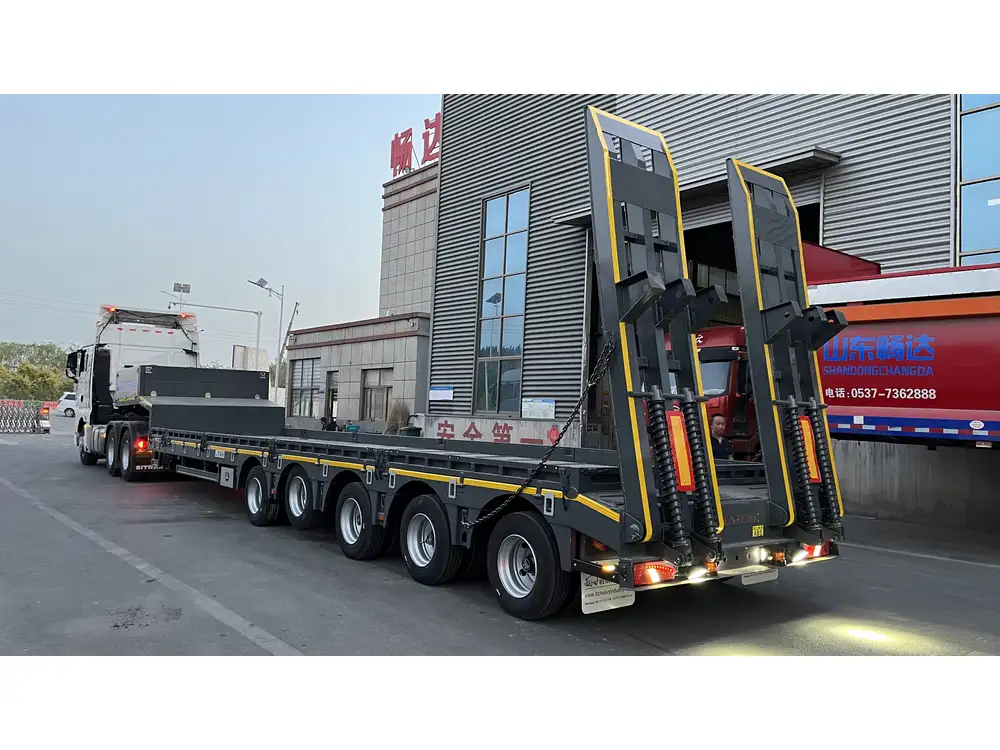
1. Regulatory Standards
Compliance with transportation regulations is crucial. Different regions have varying regulations that dictate how much fuel can be transported in a single load, influencing tanker design and capacity.
2. Tank Design and Configuration
The design, including the shape and configuration of the tank, impacts overall capacity. Cylindrical tanks, for instance, tend to maximize volume and are commonly used in the industry.
3. Material of Construction
Fuel tankers are typically constructed from materials like aluminum or stainless steel, which have differing weight-to-capacity ratios. Lighter materials allow for increased fuel capacity without compromising vehicle performance.

4. Weight Restrictions
Federal and state weight limits impose constraints on tanker sizes and capacities. The Gross Vehicle Weight Rating (GVWR) plays a significant role, and an operator must consider the total weight of the truck, fuel, and any additional cargo.
Calculating Fuel Tanker Capacities
Businesses and operators often need to calculate the effective fuel capacity of their tankers to optimize logistics and transportation planning. Here’s a simplified method:
[ \text{Capacity} = \text{Volume of the Tank} – \text{Space for Fuel Expansion} – \text{Safety Reserve} ]- Volume of the Tank: Given in gallons or liters, determined by the dimensions of the tank.
- Space for Fuel Expansion: Fuel expands with temperature changes; this space is critical for safe transportation.
- Safety Reserve: A percentage of capacity reserved to prevent overfilling, typically 5-10%.
An Example Calculation
For a heavy-duty fuel tanker with a tank volume of 10,000 gallons:
- Space for Fuel Expansion (5%): ( 10,000 \times 0.05 = 500 ) gallons
- Safety Reserve (10%): ( 10,000 \times 0.10 = 1,000 ) gallons
Thus, the effective capacity would be:
[ 10,000 – 500 – 1,000 = 8,500 \text{ gallons} ]This understanding is essential for operations looking to maximize efficiency and minimize costs.
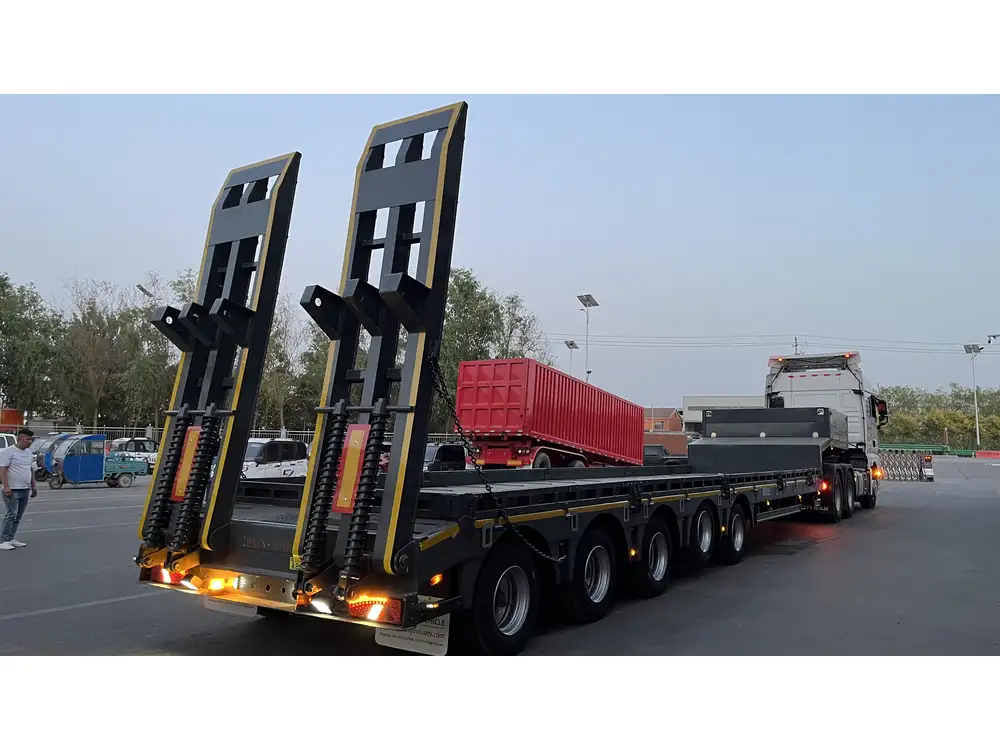
Operational Considerations for Fuel Tankers
When selecting a fuel tanker, operators must evaluate various operational considerations:
1. Delivery Radius and Frequency
Understanding the delivery radius will help determine optimal tanker size and efficiency. Tankers with larger capacities are more effective for longer routes that require fewer stops.
2. Type of Fuel Being Transported
Different fuels, such as gasoline, diesel, and biofuels, may require specific tanker types and materials to ensure safety and compliance with hazardous materials regulations.
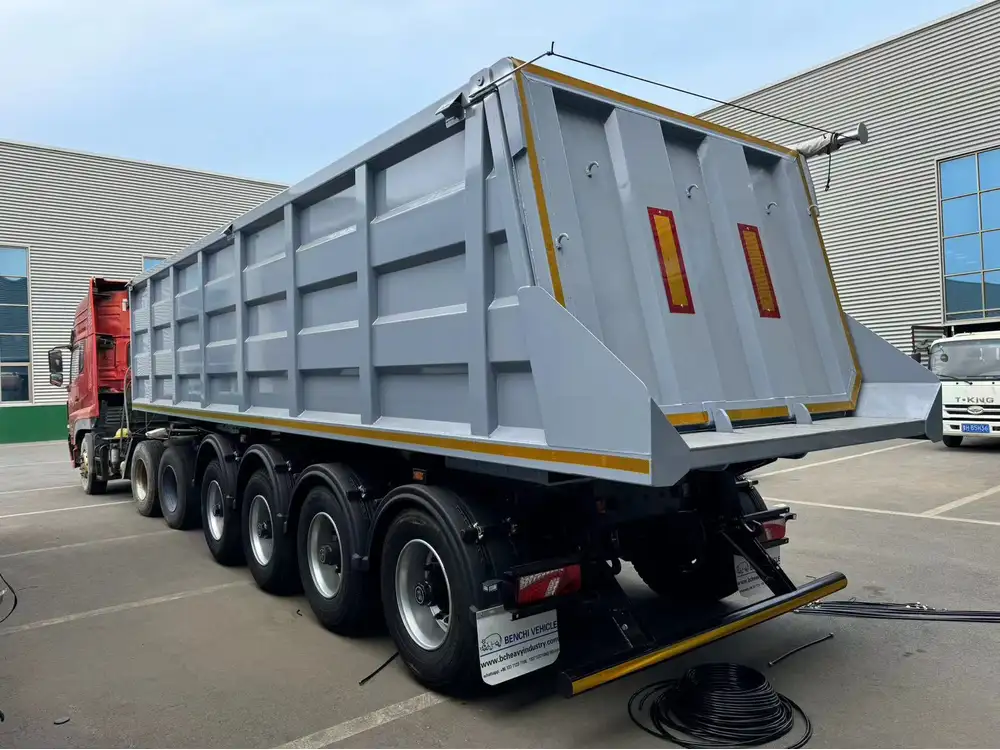
3. Cost-Effectiveness
The economic implications of transportation choices can vary greatly depending on fuel prices, labor costs, and maintenance expenses. Optimizing tanker capacity can lead to significant cost savings.
4. Environmental Concerns
Fuel tankers must comply with environmental regulations concerning emissions and spill prevention. Investing in tankers that feature advanced technology can enhance operational compliance and reduce environmental impact.
Technological Advances in Fuel Tanker Design
Emphasizing safety and efficiency, advancements in tanker technology play a significant role in capacity and operational performance:
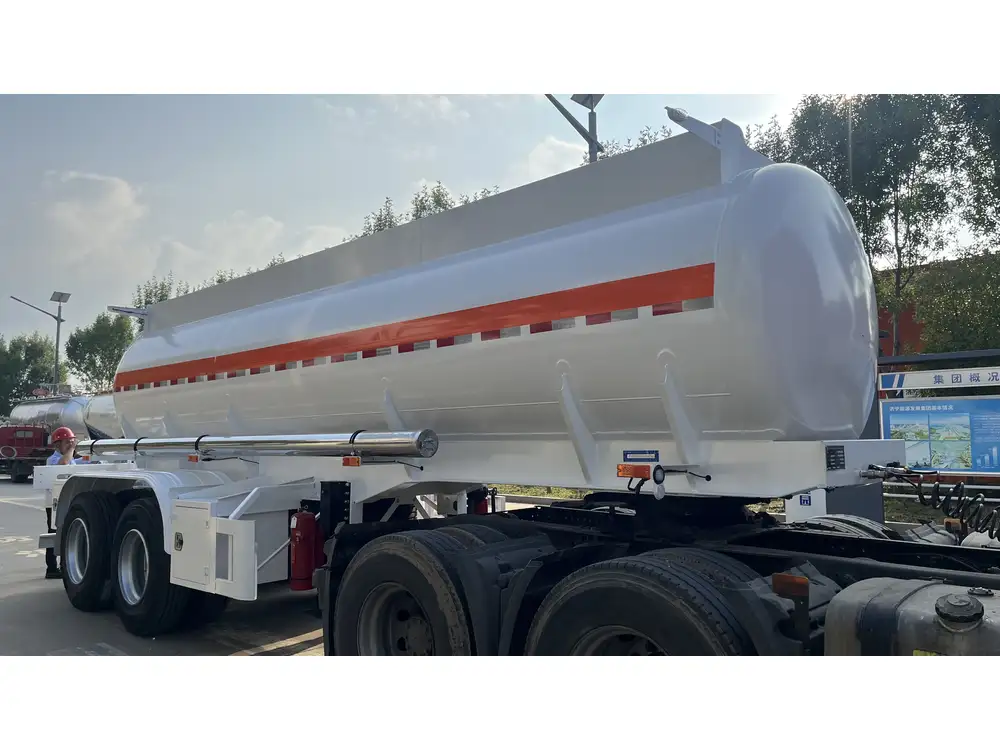
1. Smart Tank Monitoring
Integrating sensors and IoT technology can facilitate real-time monitoring of fuel levels, temperature, and pressure, enhancing safety and operational efficiency.
2. Enhanced Insulation Materials
Technology-driven advancements allow for better insulation of tanks, minimizing the risk of temperature fluctuations and expanding capabilities for transporting various fuel types.
3. Automated Loading and Unloading Systems
Automation technology streamlines the processes of loading and unloading, reducing the time and manpower needed, thus improving overall productivity.

4. Safety Innovations
Modern tankers incorporate enhanced safety features, such as advanced braking systems, pressure relief valves, and collision avoidance technologies.
Frequently Asked Questions
How do I determine the right size tanker for my business?
Consider factors such as delivery radius, fuel type, frequency of delivery, and compliance with local regulations. Analyze your operational needs to find the balance between capacity and maneuverability.

Are there industry standards for fuel tanker capacities?
Yes, industry regulations and standards dictate maximum allowable capacities based on vehicle type and fuel type, which vary by region and jurisdiction.
What safety measures should be taken during fuel transport?
Always adhere to local regulations regarding the transportation of hazardous materials. Use properly calibrated equipment, ensure the tank is certified, and train drivers in safe handling procedures.
Can I modify a fuel tanker to increase its capacity?
While modifications are technically possible, they must comply with regulatory standards, which can involve significant oversight and validation processes.
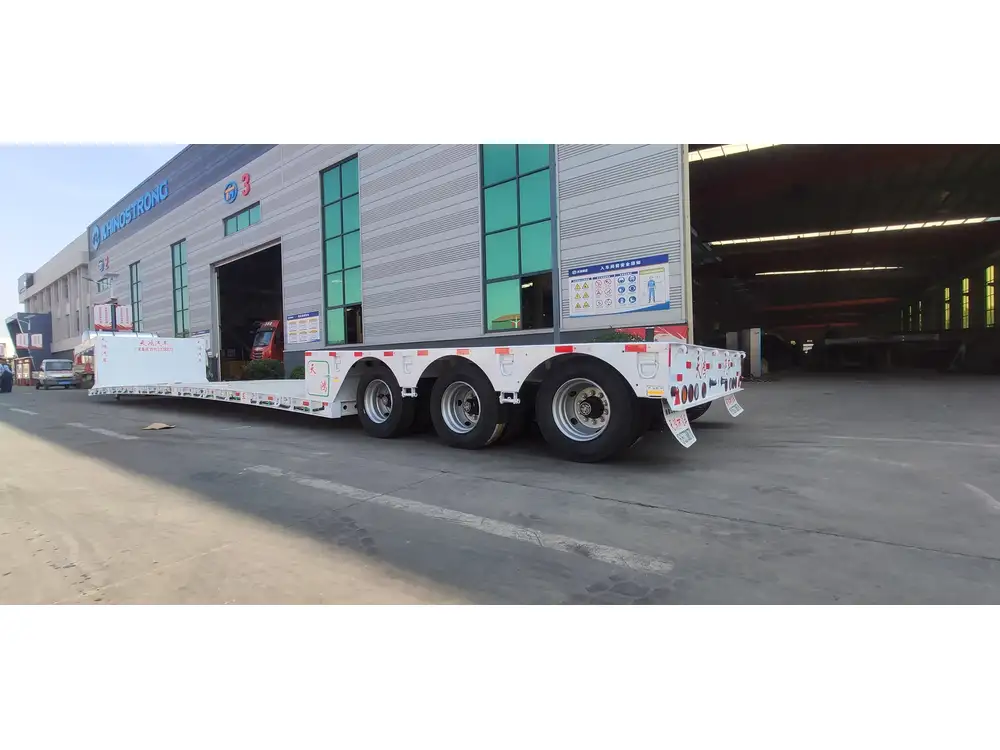
Conclusion
Understanding the capacity of fuel tankers is crucial for business efficiency and compliance. From small local deliveries to large-scale operations, the types of fuel tankers and their respective capacities directly affect logistical solutions. By considering operational costs, regulatory requirements, technical advancements, and potential safety risks, businesses can make informed decisions that maximize productivity and minimize waste. As industries adapt to ever-changing market dynamics, being knowledgeable about the capacities and operational intricacies of fuel tankers will provide a competitive edge.



